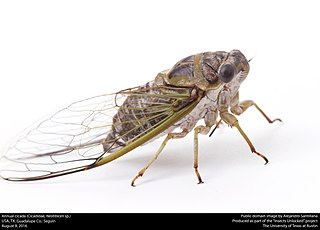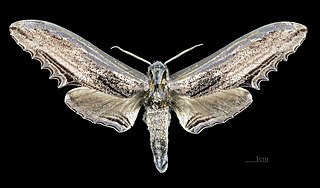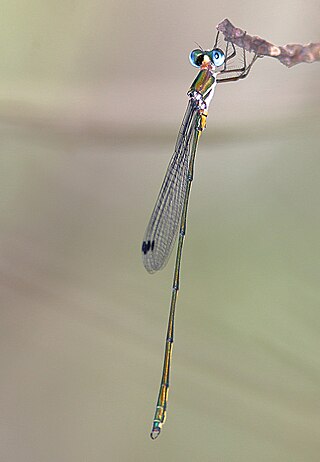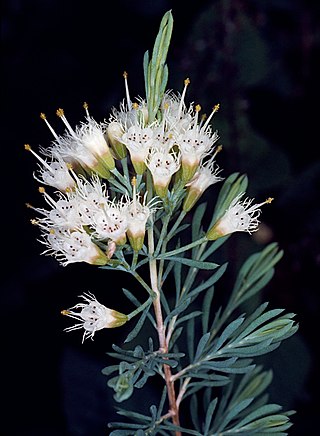
Hatikvah is the national anthem of the State of Israel. Part of 19th-century Jewish poetry, the theme of the Romantic composition reflects the 2,000-year-old desire of the Jewish people to return to the Land of Israel in order to reclaim it as a free and sovereign nation-state. The piece's lyrics are adapted from a work by Naftali Herz Imber, a Jewish poet from Złoczów, Austrian Galicia. Imber wrote the first version of the poem in 1877, when he was hosted by a Jewish scholar in Iași.

The tropical gar is a species of fish from Central America, where it is found in the Pacific and Atlantic drainages from southern Mexico to Costa Rica. In Central America it is known as gaspar and in Mexico it is known as pejelagarto, a contraction of the words "pez" (fish) and "lagarto" (alligator). This gar inhabits a wide range of fresh and brackish water habitats such as rivers, floodplains, lakes and pools, but avoids areas with a strong current. It reaches lengths of up to 1.25 m (4 ft) and a weight up to 2.9 kg (6.4 lb). The tropical gar looks very similar to the longnose gar in color and markings, but can be distinguished by its shorter, broader snout. The tropical gar's diet consists mainly of cichlids and other fish.

Robert Arthur Mould is an American musician, principally known for his work as guitarist, vocalist, and songwriter for alternative rock bands Hüsker Dü in the 1980s and Sugar in the 1990s.

Hüsker Dü was an American punk rock band formed in Saint Paul, Minnesota in 1979. The band's continuous members were guitarist/vocalist Bob Mould, bassist Greg Norton, and drummer/vocalist Grant Hart. They first gained notability as a hardcore punk band, and later crossed over into alternative rock. Mould and Hart were the band's principal songwriters, with Hart's higher-pitched vocals and Mould's baritone taking the lead in alternating songs.

Cicadidae, the true cicadas, is one of two families of cicadas, containing almost all living cicada species with more than 3,200 species worldwide.

Imber is an uninhabited village and former civil parish within the British Army's training area, now in the parish of Heytesbury, on Salisbury Plain, Wiltshire, England. It lies in an isolated area of the Plain, about 2+1⁄2 miles (4 km) west of the A360 road between Tilshead and West Lavington. A linear village, its main street follows the course of a stream.

Nepticulidae is a family of very small moths with a worldwide distribution. They are characterised by eyecaps over the eyes. These pigmy moths or midget moths, as they are commonly known, include the smallest of all living moths, with a wingspan that can be as little as 3 mm in the case of the European pigmy sorrel moth, but more usually 3.5–10 mm. The wings of adult moths are narrow and lanceolate, sometimes with metallic markings, and with the venation very simplified compared to most other moths.

Smerinthini is a tribe of moths of the family Sphingidae. The genus was erected by Augustus Radcliffe Grote and Herbert C. Robinson in 1865.

Gnathothlibus is a genus of moths in the family Sphingidae.

Langia zenzeroides, the apple hawkmoth, is a species of moth in the family Sphingidae. It was described by Frederic Moore in 1872.
Imber is a depopulated village in Wiltshire, England.
Ukrainian Venezuelans are Venezuelans of Ukrainian heritage. The Ukrainian diaspora increased after 1945 due to a second wave of political emigrants. In the latter half of the 1940s and early 1950s, these Ukrainians were resettled in many different countries creating new Ukrainian settlements in Australia and Venezuela. In Venezuela the population is estimated to be around 10,000 Ukrainians.
Halone sinuata, the rock lichen moth, is a moth of the subfamily Arctiinae. It was described by Hans Daniel Johan Wallengren in 1860. It is found in Australia.
Chionodes imber is a moth in the family Gelechiidae. C. imber is found in North America, where it has been recorded from southern Ontario and Massachusetts to Arizona, Texas, Florida and Idaho. C. Imber was discovered by Hodges, 1999 and the larvae of C. Imber feed on Myrica aspleniifolia.

Mazhar Tirmazi is a London-based Punjabi poet and journalist. His poem, UmraN LangiaN PabaN Bhaar, was adapted for a Ghazal rendition by Asad Amanat Ali Khan and is widely acclaimed.

Synlestes tropicus is a species of Australian damselfly in the family Synlestidae, commonly known as a tropical needle. It is endemic to north-eastern Queensland, where it inhabits streams in rainforests.

Suzanne Mary Imber is a British planetary scientist specialising in space weather at the University of Leicester. She was the winner of the 2017 BBC Two television programme Astronauts, Do You Have What It Takes?.

Homoranthus tropicus is a flowering plant in the family Myrtaceae and is endemic to tropical north Queensland. It is a shrub with curved, club-shaped leaves and white flowers in a corymb-like arrangement on the ends of branchlets.
Shmuel Yankev Imber was a Jewish poet and publicist writing in Polish and Yiddish languages. He was regarded as one of the originators and trailblazers of Yiddish poetry in Galicia, who popularized it in big intellectual centers, and one of the first neo-romantics of Yiddish poetry.














